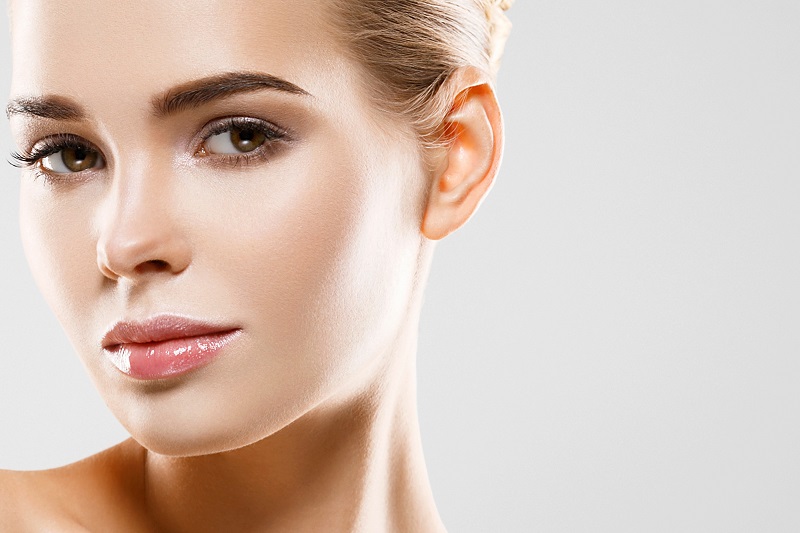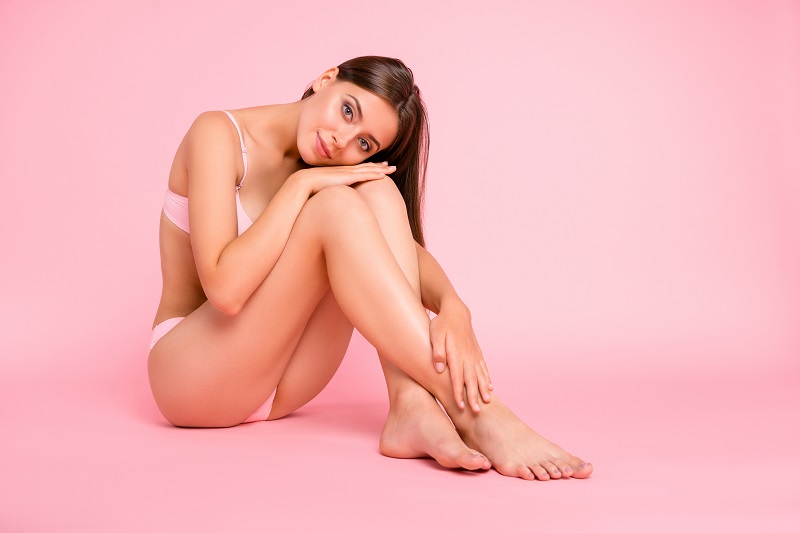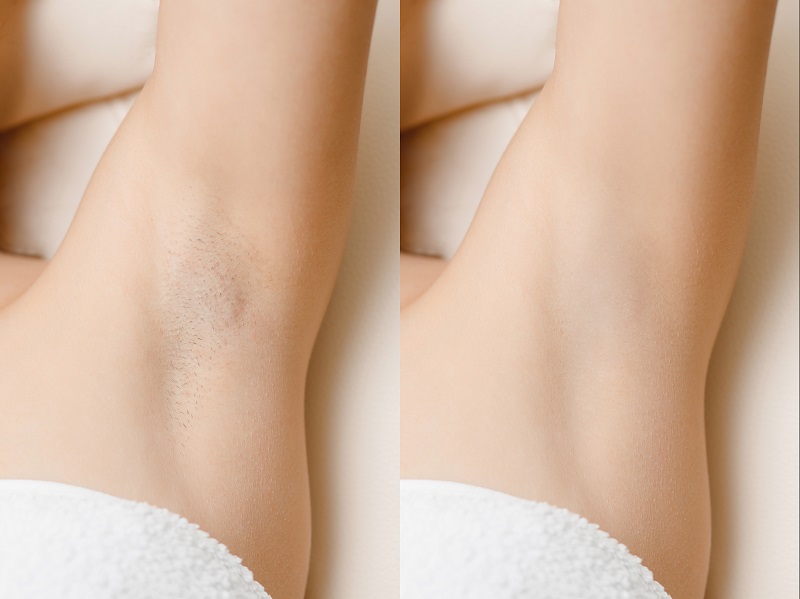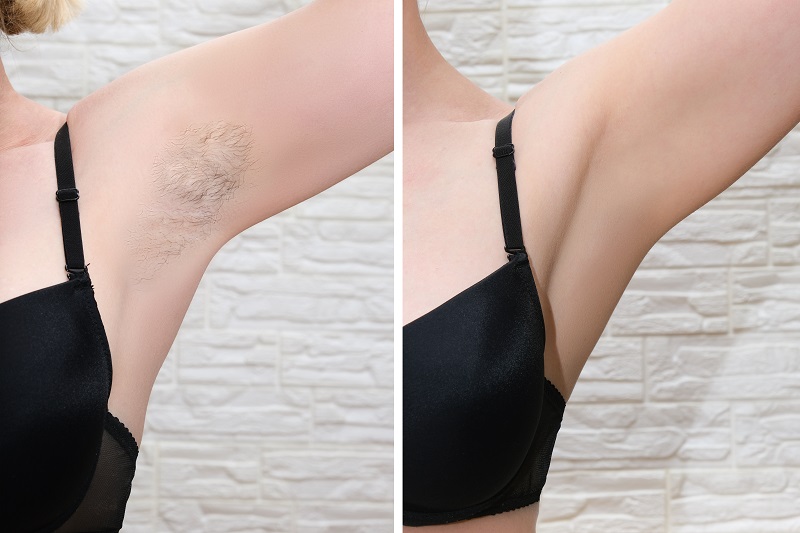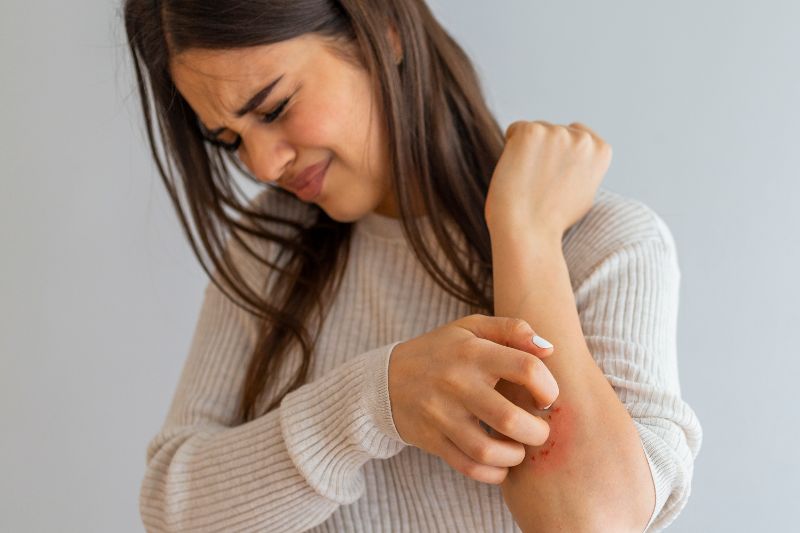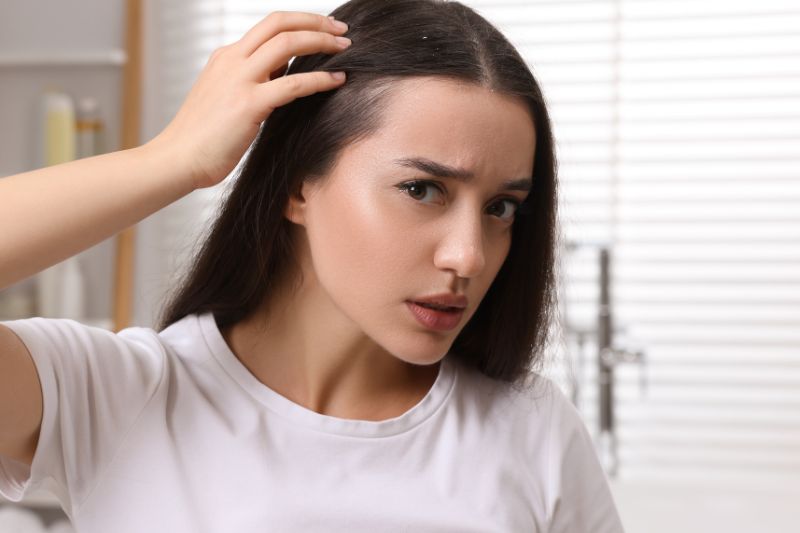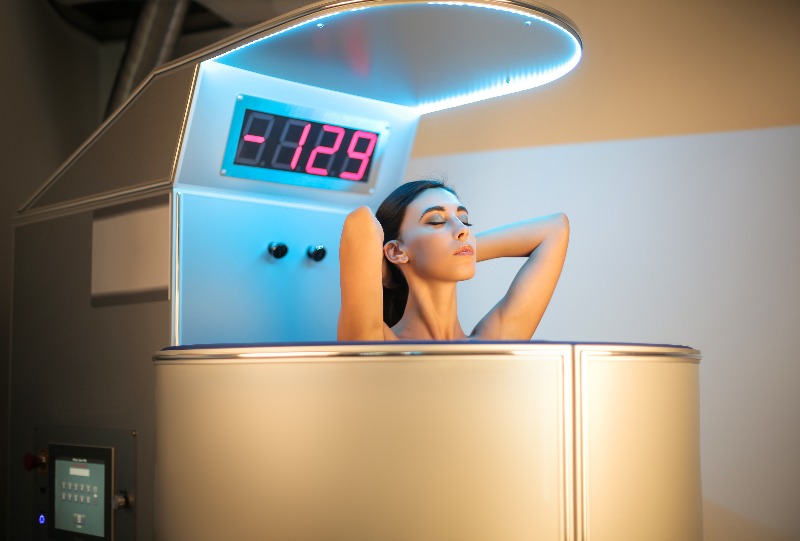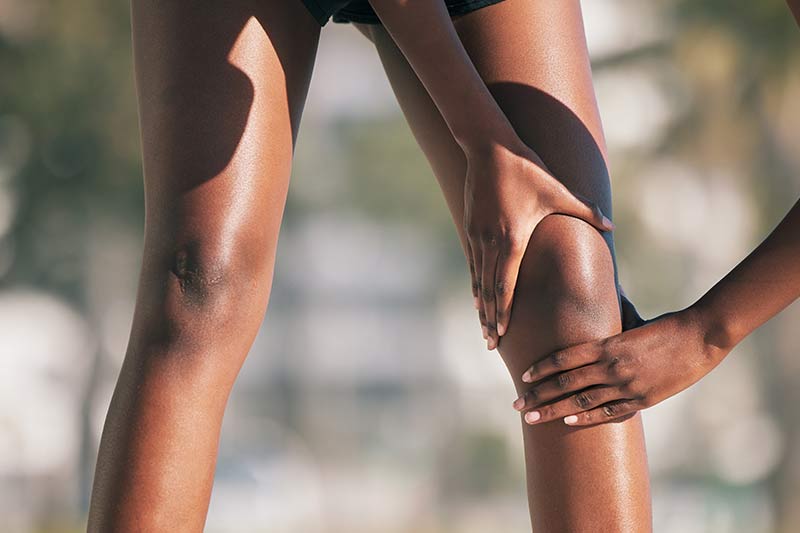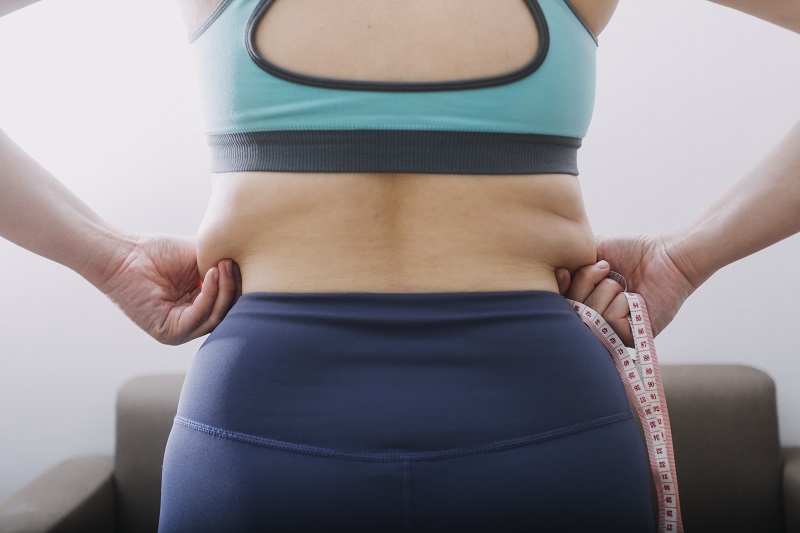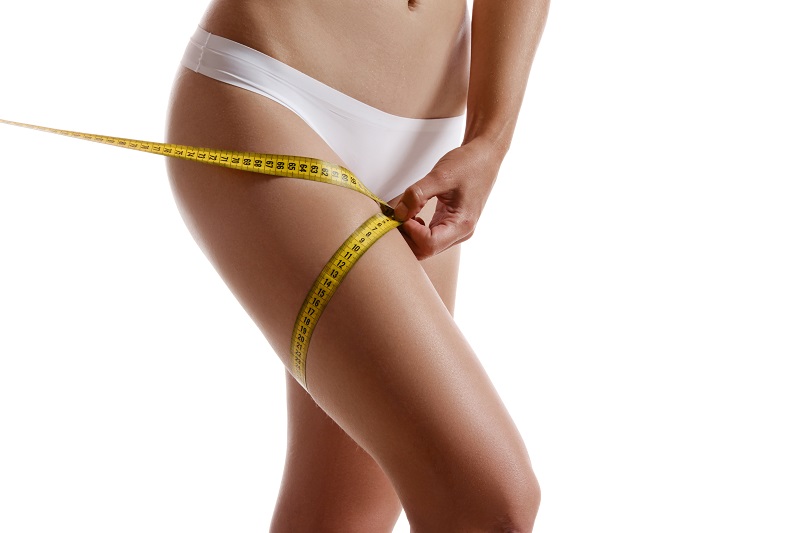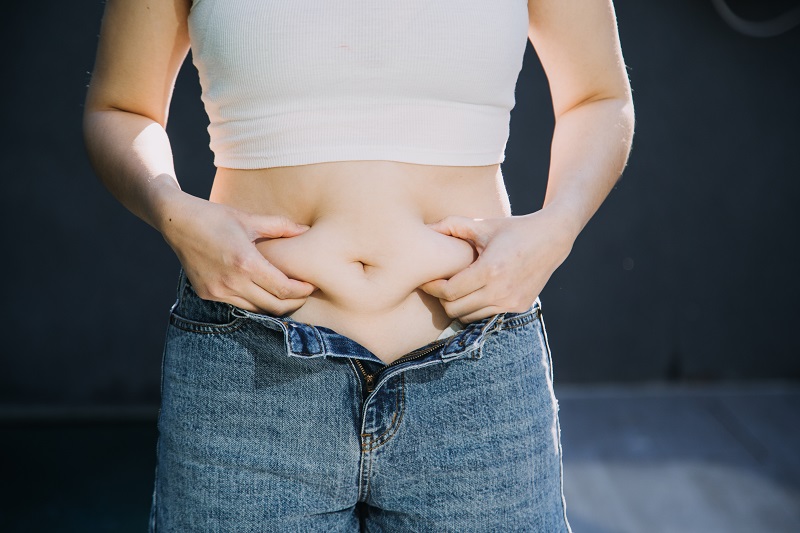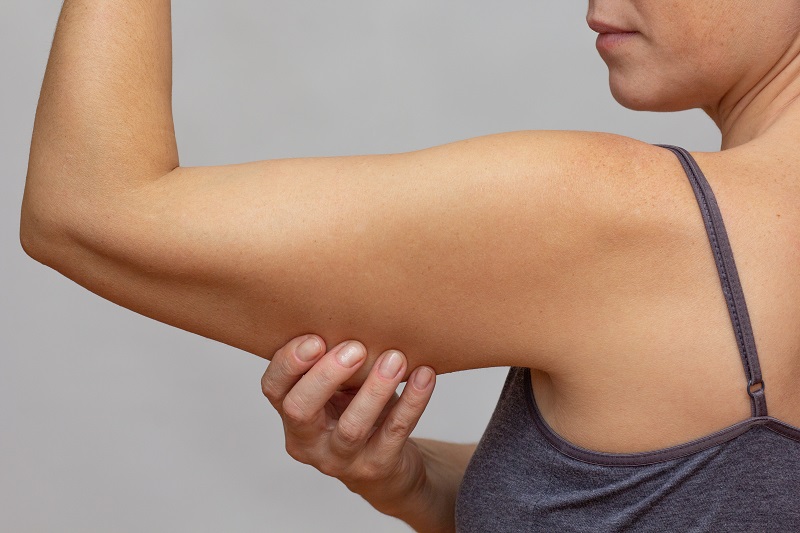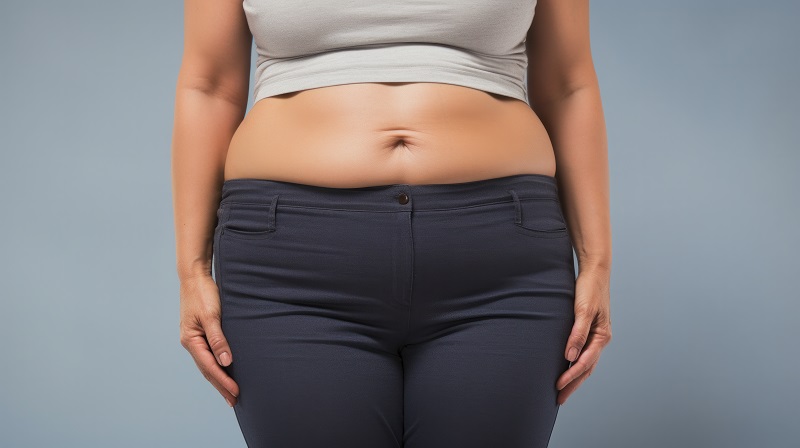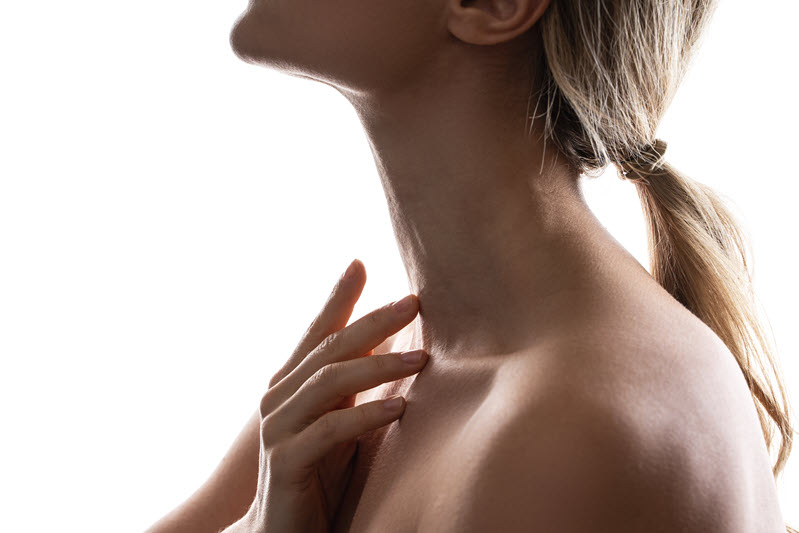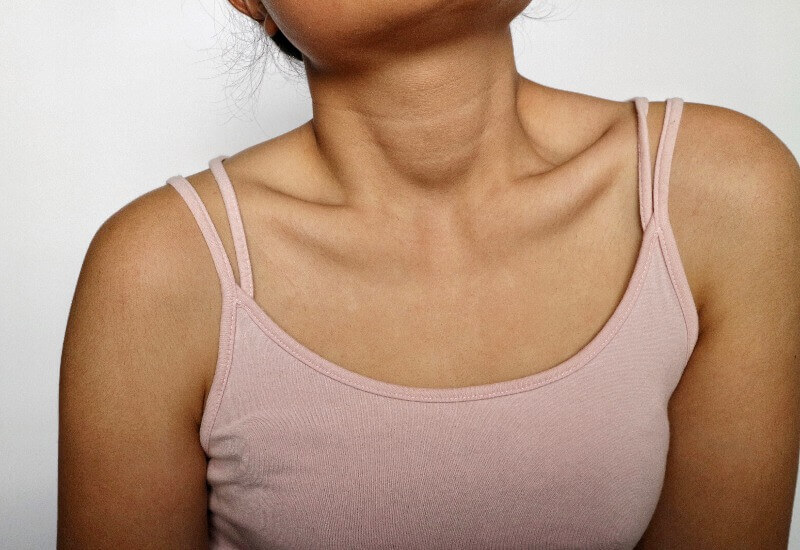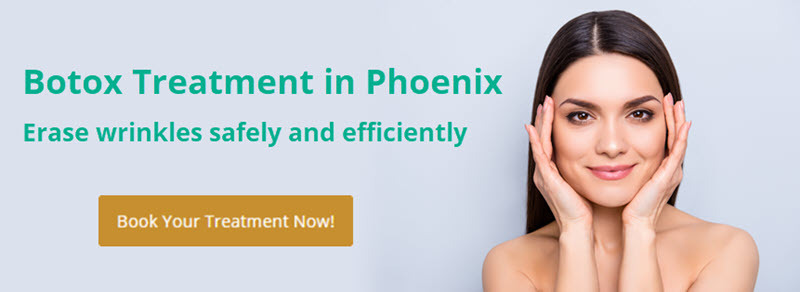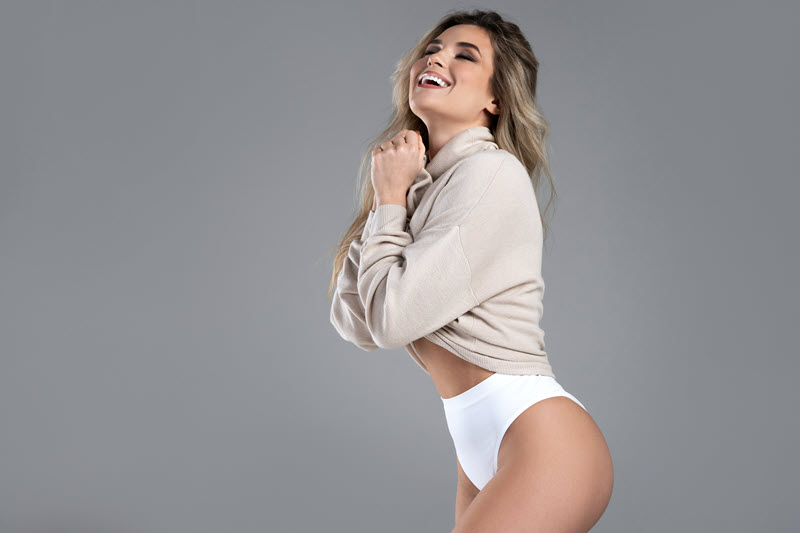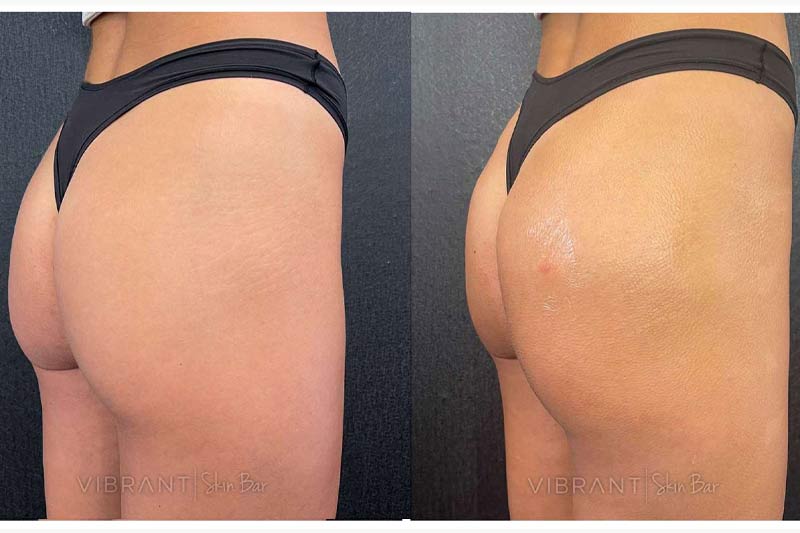Gluten-Free Skin Care: Who Should Use It?
Clean, all-natural skin care is a rising trend in the cosmetics industry. It aims to minimize skin concerns from using irritating cosmetic ingredients, such as synthetic agents, allergens, and so-called “filler” ingredients that don’t provide any actual benefit to the skin.
This article focuses on gluten-free skin care, explains who should use it, and recommends the best gluten-free products for a healthy complexion.
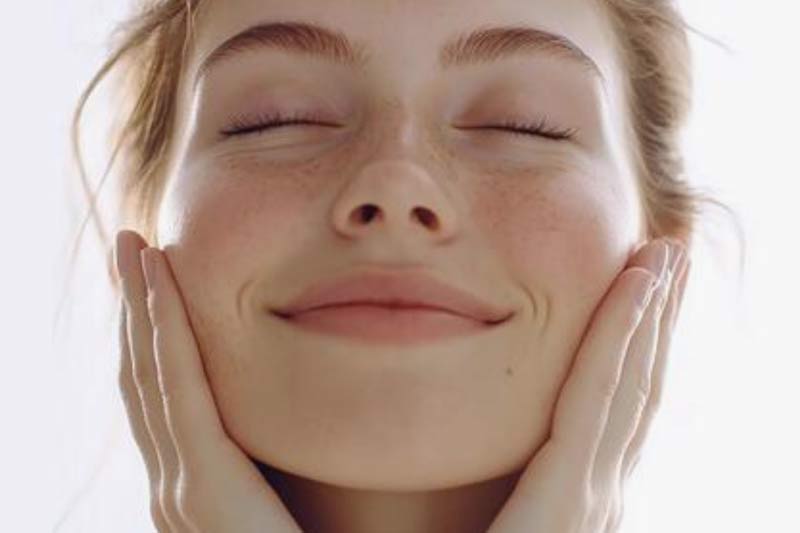
What Is Gluten-Free Skin Care?
Gluten-free skin care is formulated without gluten, a protein naturally found in grains such as wheat, rye, and barley. Gluten is a common allergen.
Conventional cosmetic products often contain grain-derived oils and extracts because they temporarily increase the skin’s moisture levels, thickness, and softness. However, the presence of gluten in cosmetic formulations may cause allergic reactions in people with gluten sensitivities, which have been on the rise in recent years.
Who Should Use Gluten-Free Skincare Products?
Gluten-free skin care is designed for individuals with wheat allergies, celiac disease, and non-celiac gluten sensitivities. Gluten in skincare products cannot penetrate the skin because the protein molecules are too large. However, patients with gluten sensitivities and wheat allergies are more likely to develop allergic skin reactions upon topical contact with grain-derived ingredients. The symptoms include rash, itchiness, dry skin, red bumps, and blisters.
If you suspect a wheat allergy or gluten sensitivity, read cosmetic product labels carefully or patch-test the product before use.
Gluten-Free Skincare Product Recommendations
Our medical professionals at Vibrant have launched a clean, gluten-free skincare line, which is also free of other potentially irritating ingredients, including parabens, phthalates, and silicone. Vibrant products are formulated with carefully researched ingredients that support the gut-brain-skin connection and balance the body’s microbiome. They are suitable for all skin types, including sensitive and acne-prone skin.
The following gluten-free cleansers, toners, serums, and moisturizers by Vibrant deeply nourish and nurture the complexion, reducing the risk of an inflammatory response. They are all you need for a premium-quality skincare routine.
Cleansers
Cleansing is the essential first step of any skincare routine. It removes impurities so that active ingredients in products can penetrate deeper and be more effective.
Vibrant Cleanse – Biome Enzyme Cleanser
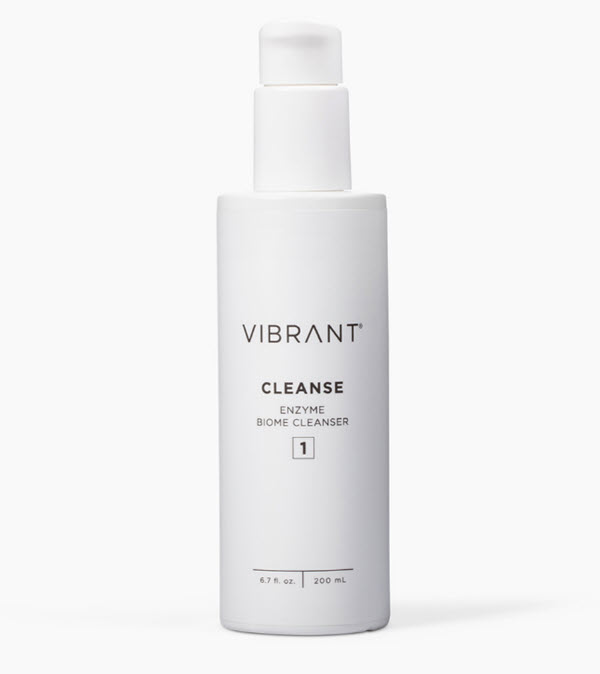
Cleanse gently removes dead skin cells and impurities from the skin, helping to reduce oiliness and redness. It is infused with microbiome-friendly prebiotics, probiotics, and postbiotics from various plant extracts (e.g., kiwi, papaya, raspberry, etc.) to support the gut-brain-skin axis and brighten the complexion.
Toners
Toners help balance the skin’s natural oils, pH value, and moisture levels.
Vibrant Tone – Clarifying Biome Toner
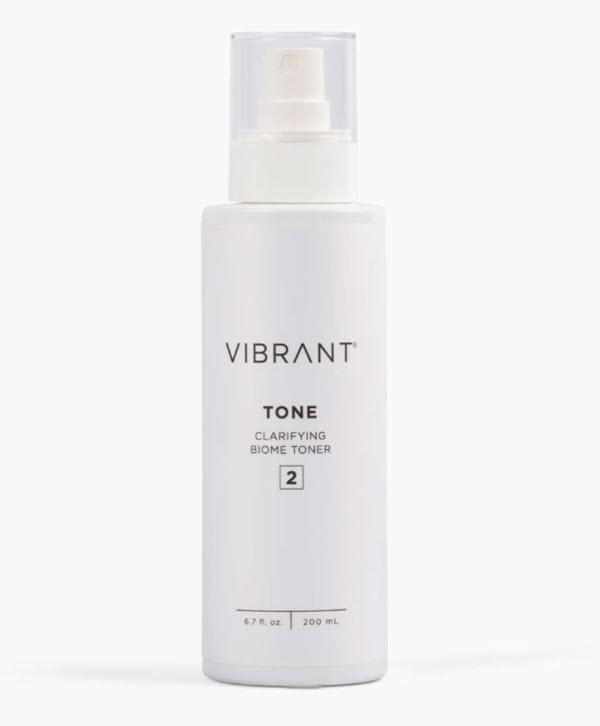
Vibrant Tone is a probiotic powerhouse formulated with Lactobacillus and Lactobacillus ferment, which support the skin’s microbiome, improve hydration, and strengthen the skin barrier. The product also contains vitamins C and B3 (niacinamide) to regenerate the skin and soothing plant extracts to calm redness.
Vibrant Elevate – Cucumber Photodynamic Toner
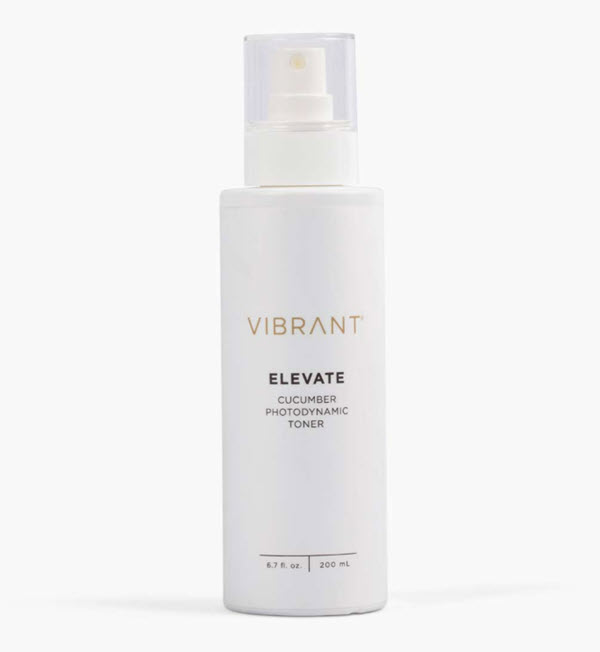
Cucumber seed oil and extract in Vibrant Elevate refresh the skin, while potent antioxidants like matcha green tea, chlorophyll, and astaxanthin protect it from free radicals. This rich formula also contains Lactobacillus ferment lysate and Tonka bean prebiotics, which support a healthy microbiome and decrease aging signs.
Serums
Serums usually contain higher concentrations of active ingredients to help improve a specific skin concern, such as wrinkles, hyperpigmentation, and large pores.
Vibrant Desert Vibe
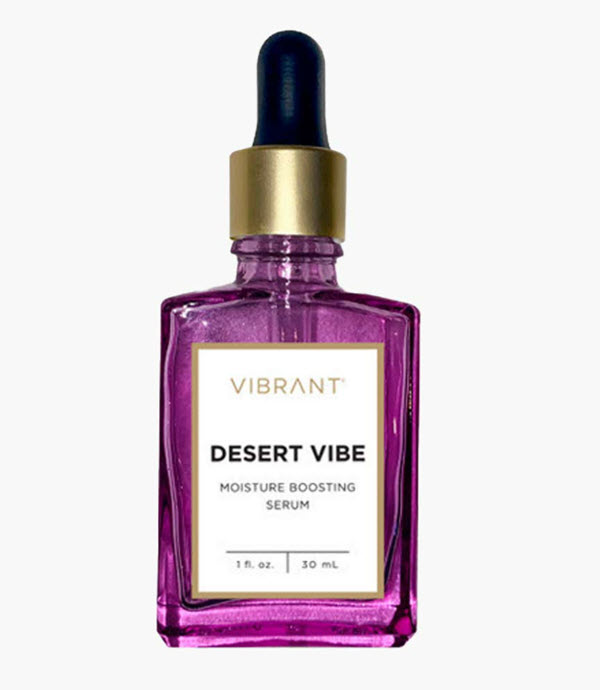
Desert Vibe contains beta-glucan, the rising star in skin care, which is scientifically proven to hydrate the skin more effectively than hyaluronic acid. Desert Vibe also contains vitamin E, gotu kola, prickly pear, and the cortisol-reducing enzyme Neurophroline™. These ingredients help de-stress, heal, brighten, and regenerate the complexion.
Vibrant C – Bioavailable Vitamin C and Glutathione Serum
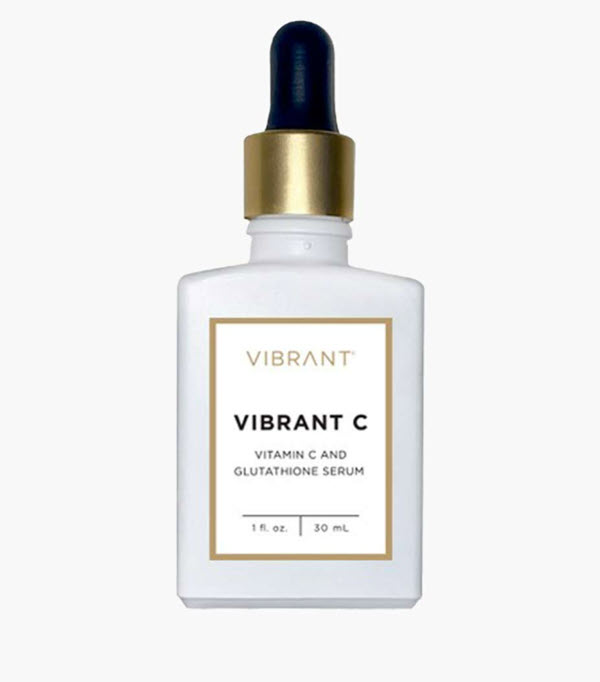
Vibrant C is a synergistic blend of two of the most potent antioxidants in skin care, vitamin C and glutathione. They protect the skin from external aggressors, increase firmness, and brighten the complexion with the aid of other nourishing ingredients in the formulation. These include collagen-enhancing amino acids (hydroxyproline, proline, lysine, and glycine), ferulic acid, sorbitol, Lactobacillus, and plant extracts.
Vibrant Defense – Blemish Clarifying Serum
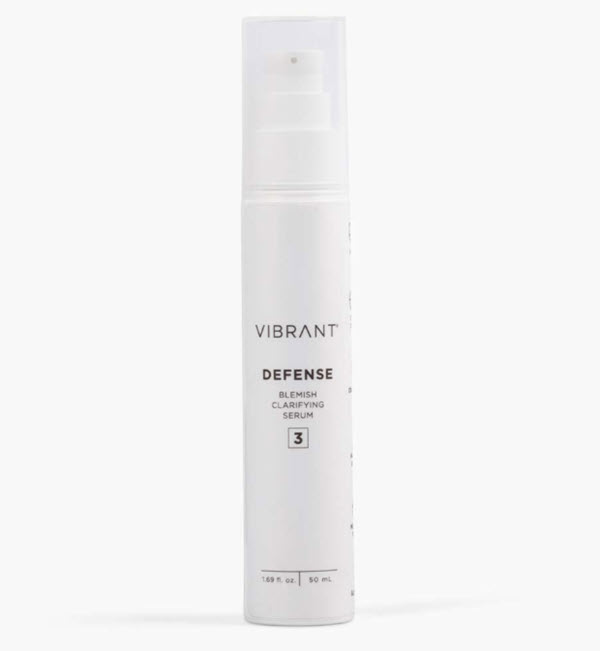
True to its name, Defense helps protect the skin from external damage with the aid of retinal (retinaldehyde) – the most effective form of vitamin A and a strong collagen booster. Defense also contains bakuchiol, a plant-derived retinol alternative, which enhances retinal penetration into deeper skin layers. These anti-aging ingredients help shrink pores, reduce blemishes, and improve skin tone and texture.
The serum also contains innovative probiotic and prebiotic blends, BioFense™ and Black BeeOme™, to help balance the microbiome and restore the skin barrier.
Moisturizers
Moisturizers are an essential step in daily skin care for all skin types. They infuse the skin with moisturizing ingredients to strengthen the skin barrier and decrease aging signs.
Vibrant Restore – Clarifying Moisturizer
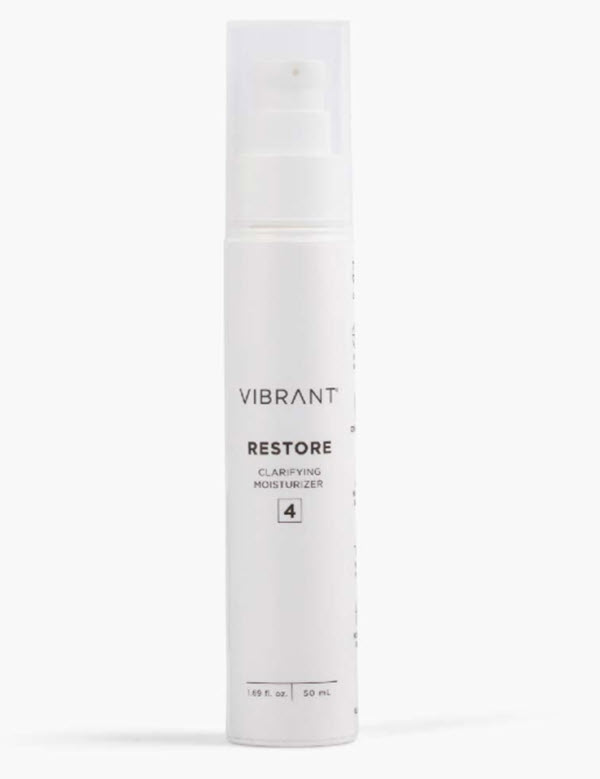
Vibrant Restore is a rich but gentle formula containing various soothing botanicals, including cucumber, jojoba seed oil, calendula, orange peel oil, coconut, and green tea. Prebiotic beta-glucan and probiotic Lactobacillus help the skin maintain adequate moisture levels, leaving it supple and soft.
Restore supports the skin’s natural healing mechanisms and skin barrier function, promoting a clear, youthful complexion.
Oils
Oil can be used with or instead of a moisturizer to enhance hydration and add a layer of protection from external factors.
Vibrant Neuro Vibe
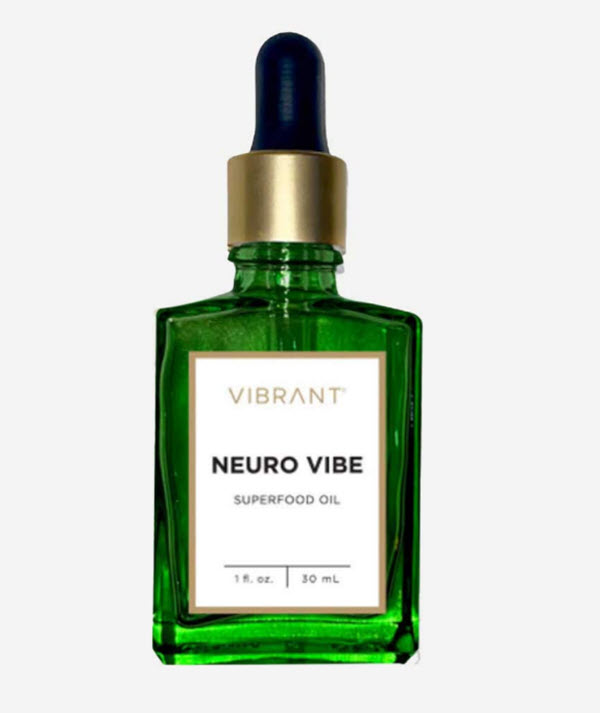
Neuro Vibe is made with twenty-one superfood oils, providing strong antioxidant protection and deeply hydrating the skin. It is a new product in the Vibrant collection, designed in accordance with the latest neurocosmetics research to stimulate oxytocin production, eliminate senescent (zombie) cells, and help minimize aging signs.
Blemish Control
Blemish control treatments can help regulate sebum production, reduce oiliness, and minimize acne and blemishes. They can be used daily or weekly, depending on the severity of the symptoms.
Vibrant Mud – Clarifying Clay Mask
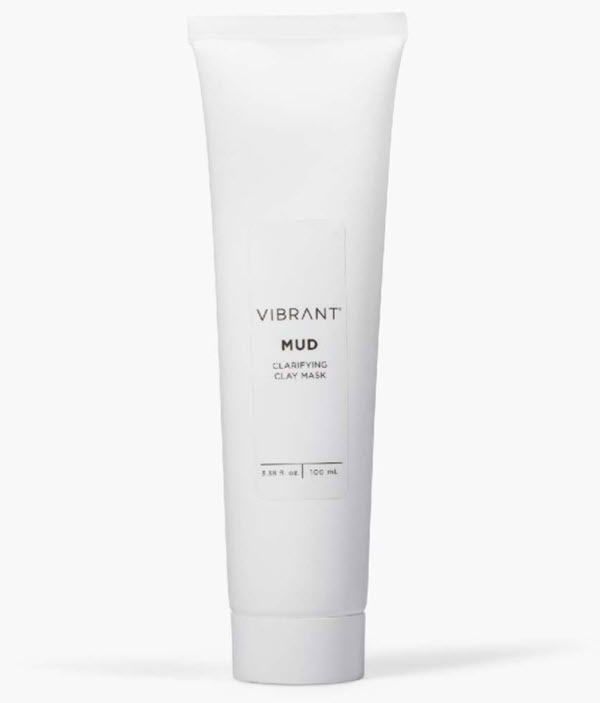
Mud is formulated with powerful detoxifying ingredients, including bentonite clay, kaolin clay, and activated charcoal. They help unclog pores and visibly improve skin tone. Vibrant Mud is enriched with plant extracts (e.g., chamomile and willow bark), prebiotics, and probiotics to calm irritated skin, increase hydration, and rebuild a healthy skin barrier.
Vibrant Spot On – Blemish Spot Treatment
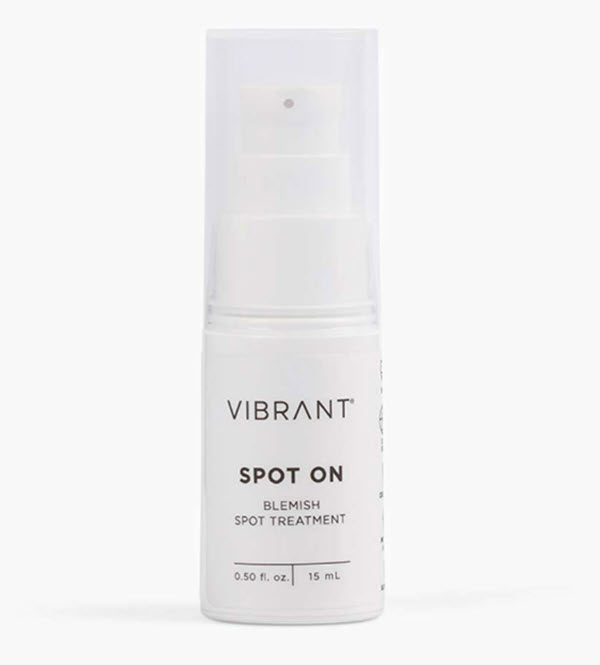
Totarol, licorice root extracts, and niacinamide are star ingredients in Vibrant Spot On. They help reduce blemishes by targeting inflammation, regulating sebum production, and brightening the skin. Totarol is an active phytochemical with antimicrobial and antioxidant properties, while licorice root extract is known for its anti-inflammatory and depigmenting effects. Niacinamide, a form of vitamin B3, helps reduce inflammation, regulates sebum, and improves skin clarity.
Spot On also contains prebiotic and probiotic solutions, BioFense™ and Black BeeOme™, which fend off harmful bacteria and minimize redness, breakouts, and imperfections.
Note: Check out Vibrant’s Complete Blemish System for the best strategy to combat blemishes.
Conclusion
Gluten-free skin care is a welcome solution for many people suffering from skin allergies related to food sensitivities. These products are formulated with naturally derived ingredients that reduce the risk of irritation and enhance the skin’s innate repair mechanisms.
Look no further than Vibrant skincare products. They are all gluten-free and designed following the latest research on the importance of microbiome-friendly, neurocosmetic ingredients.
